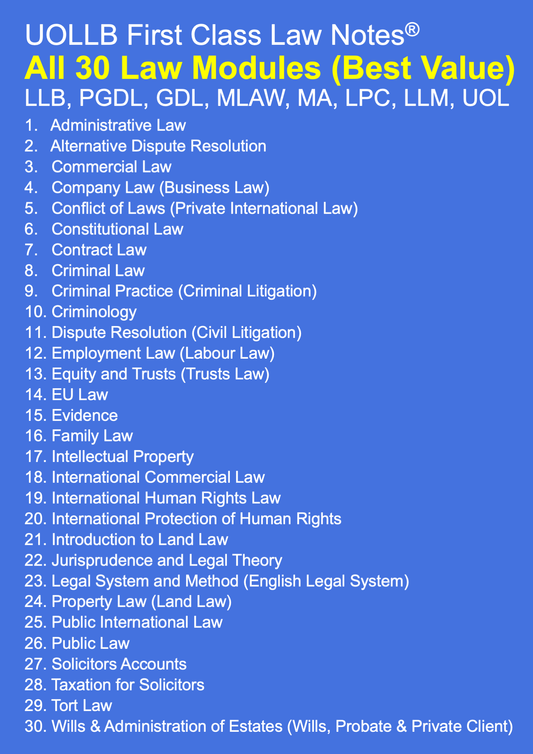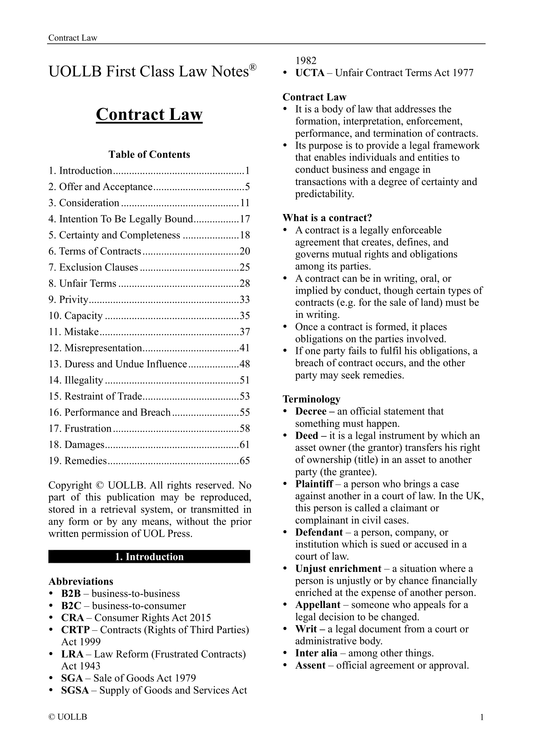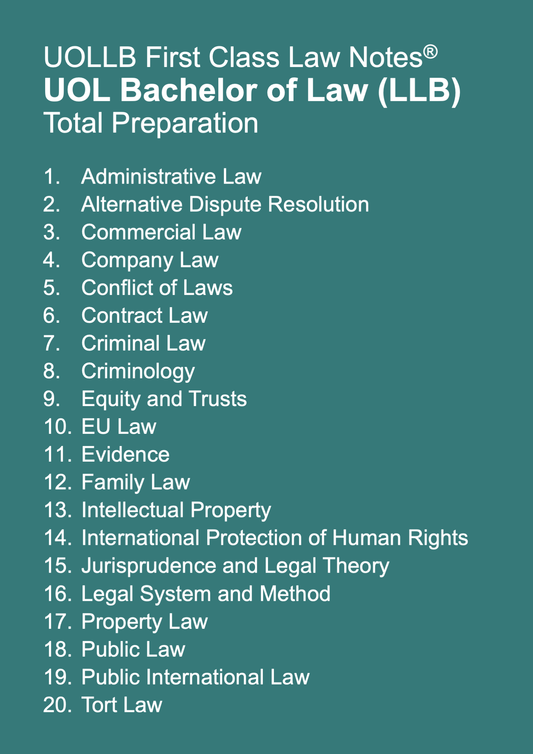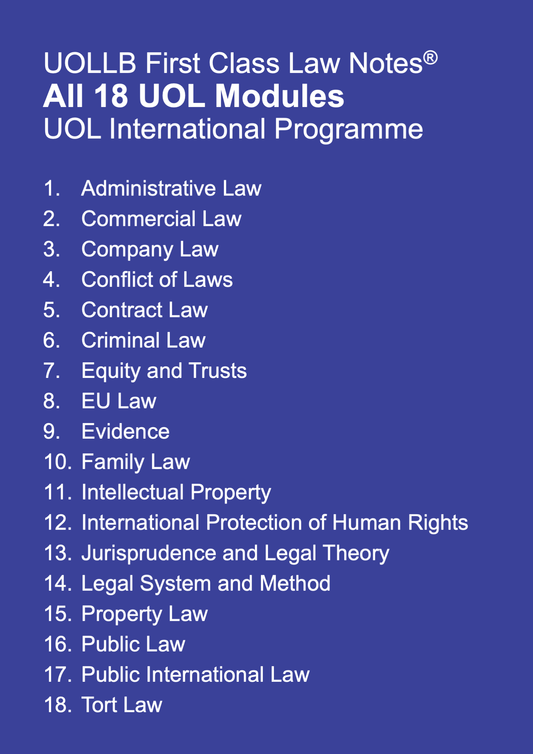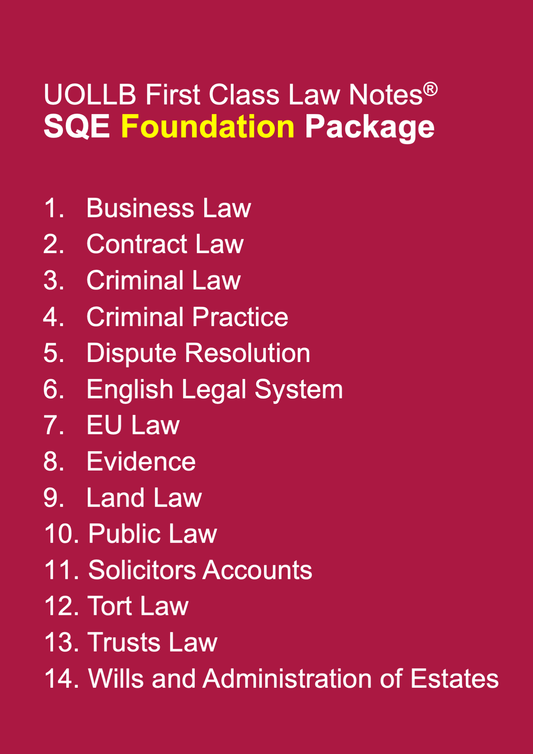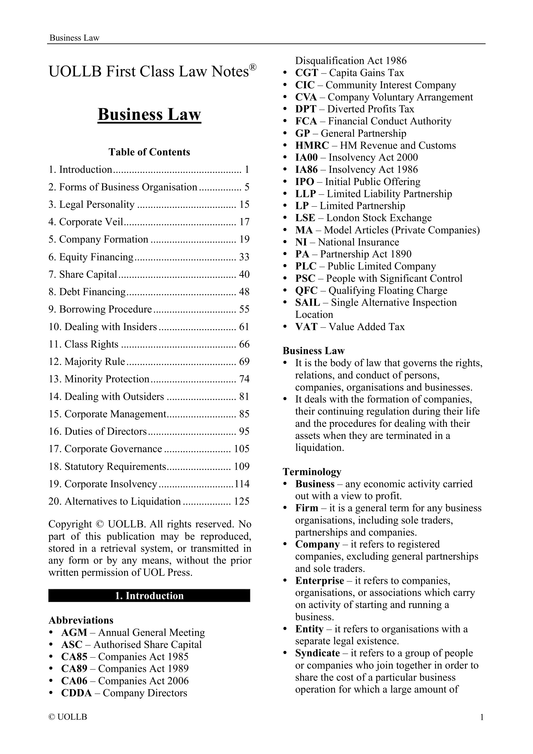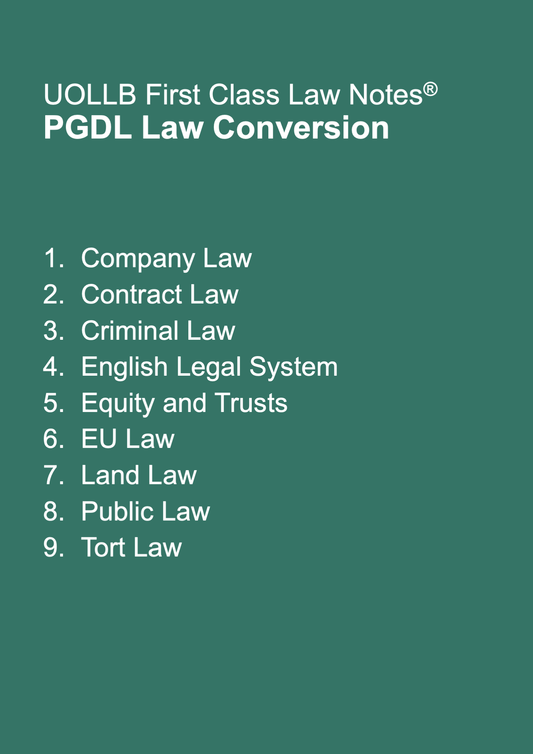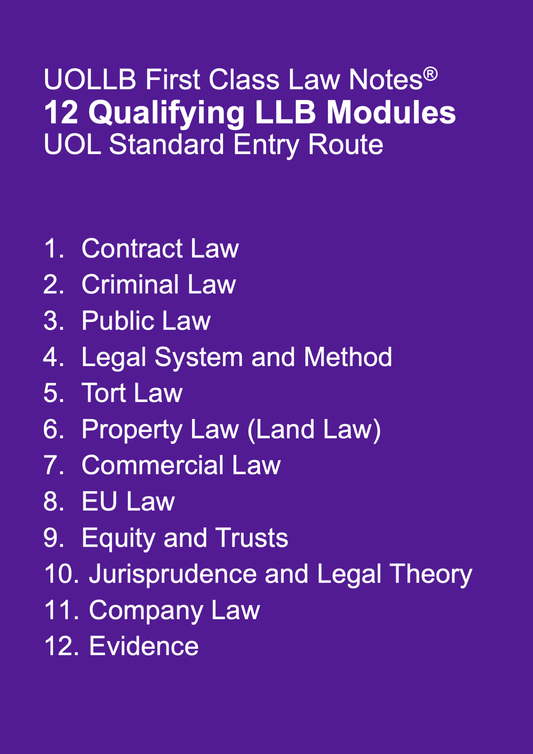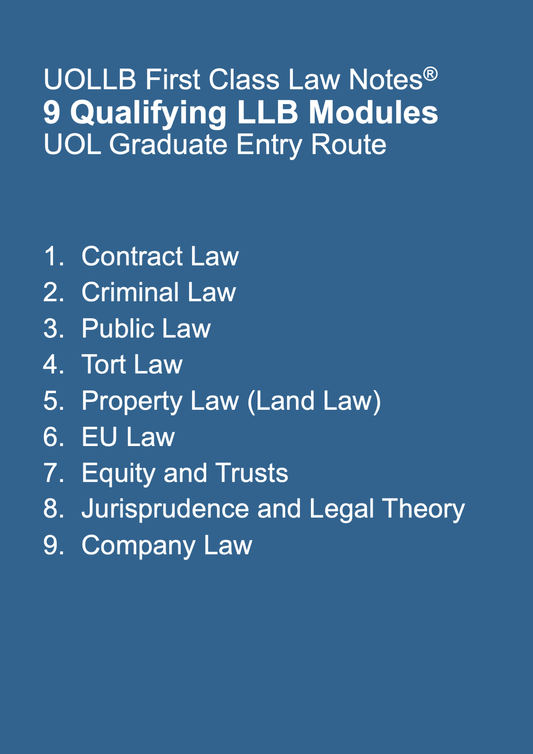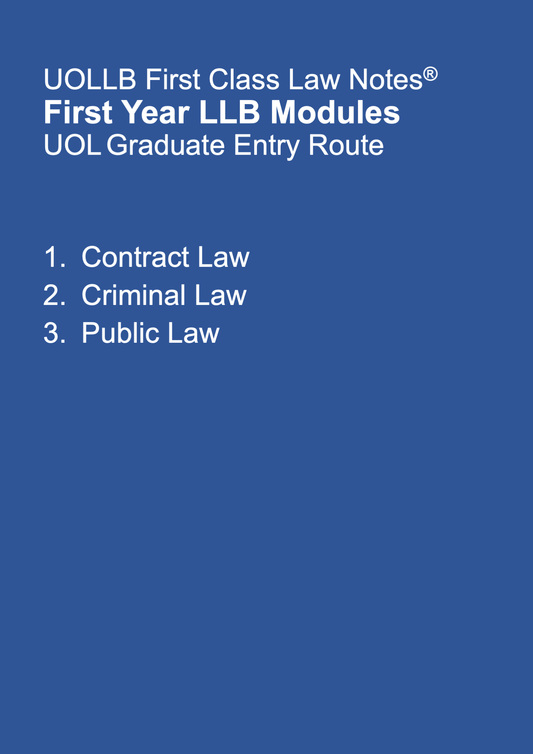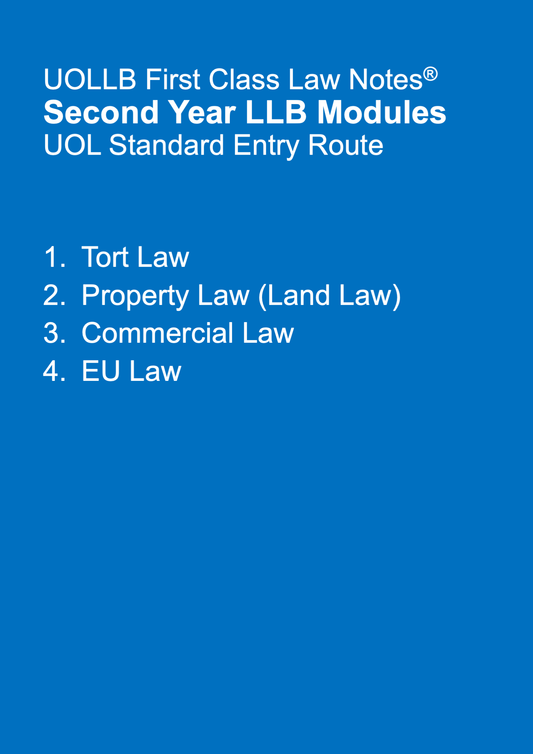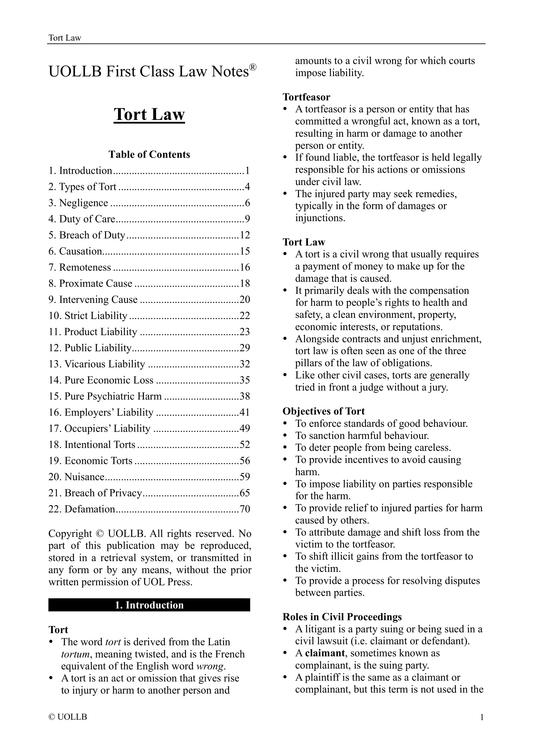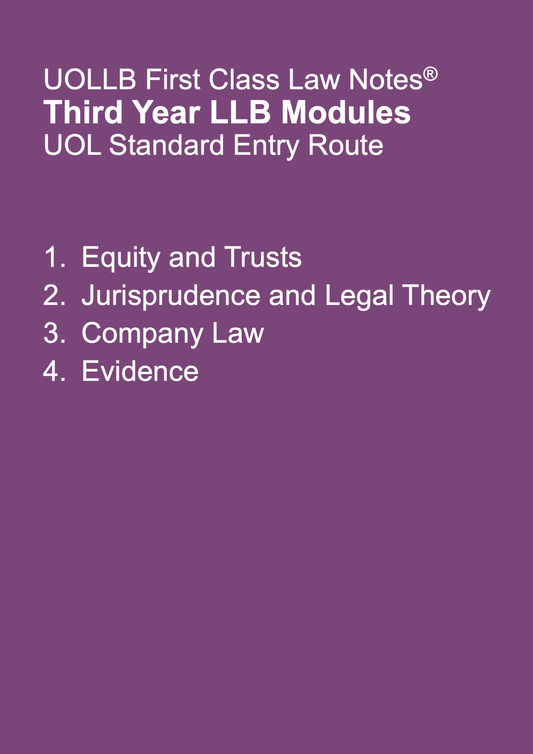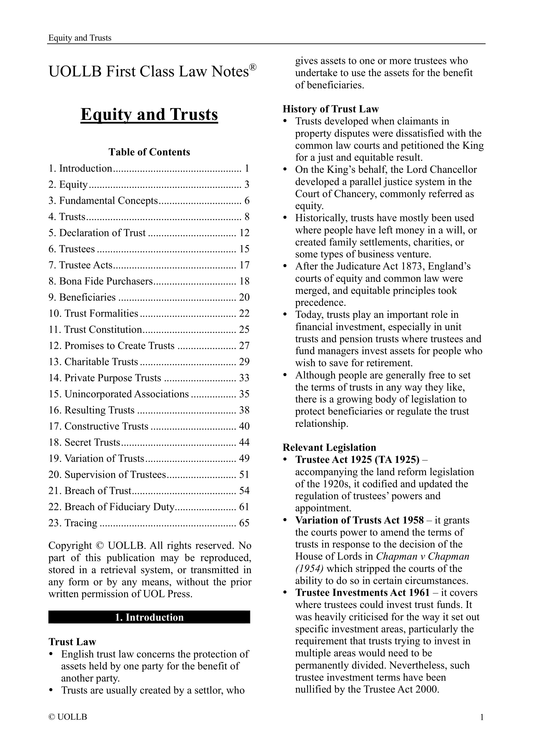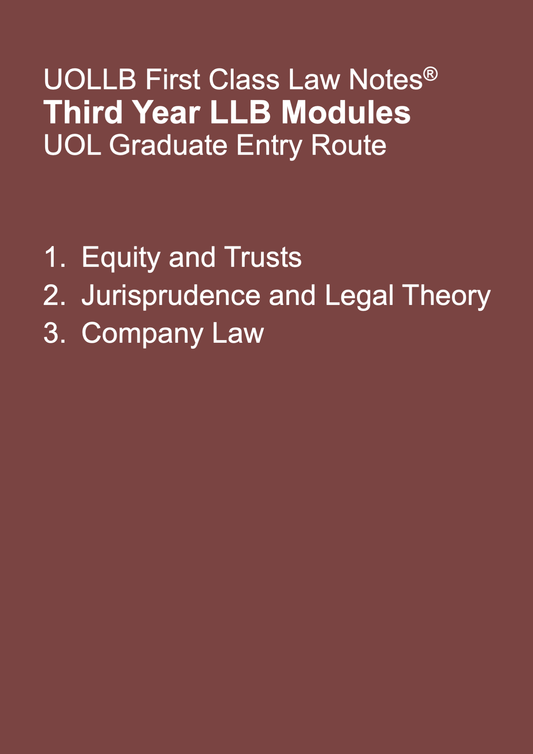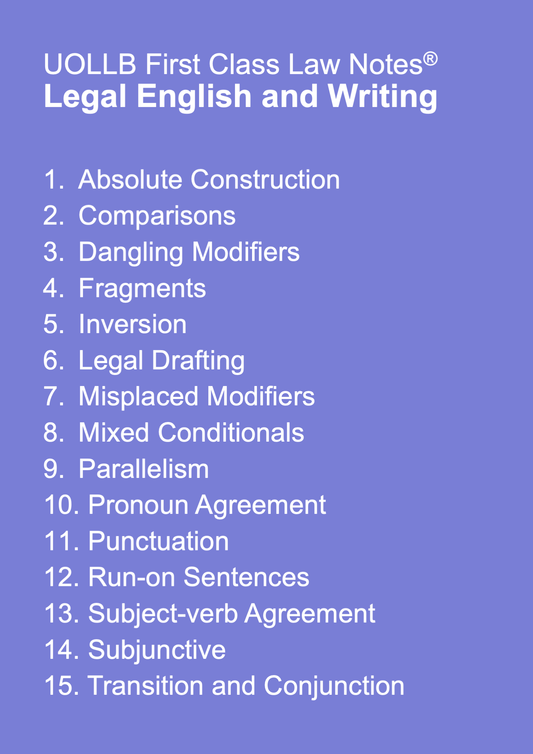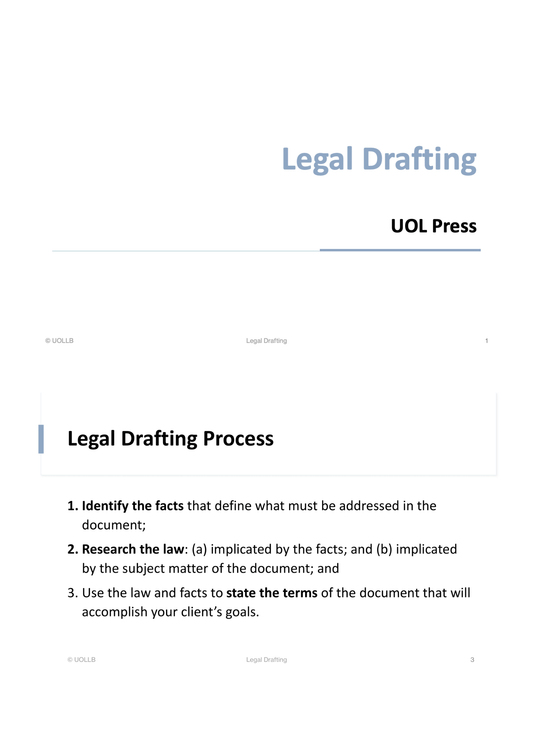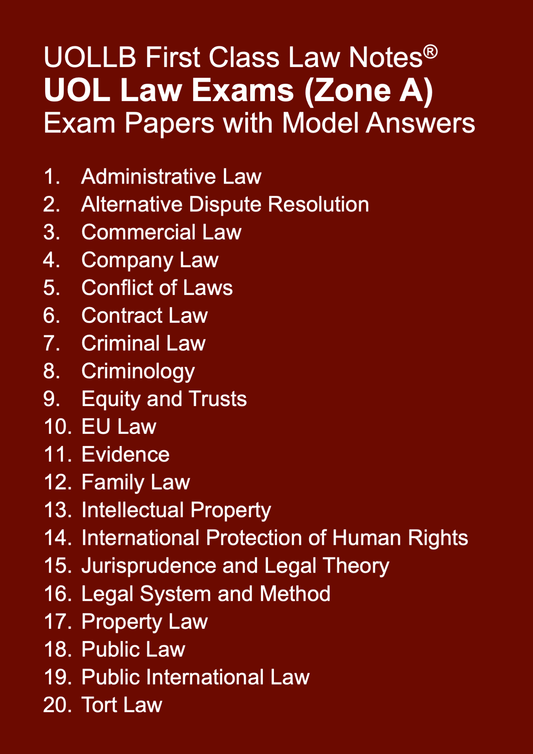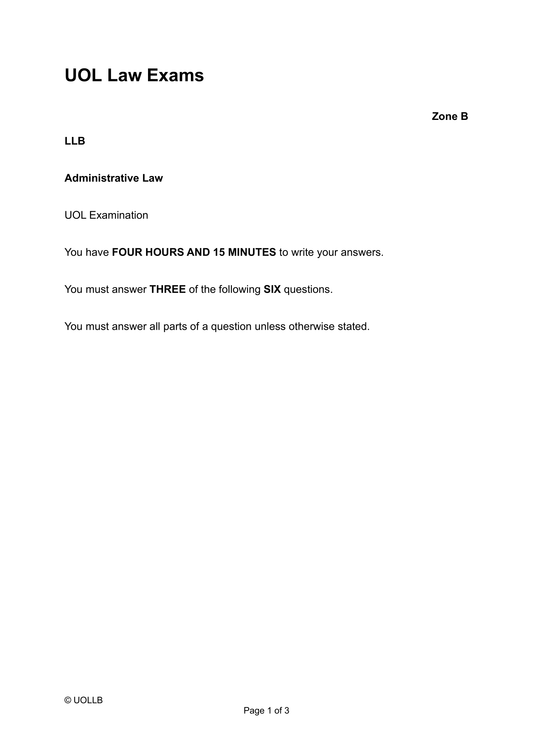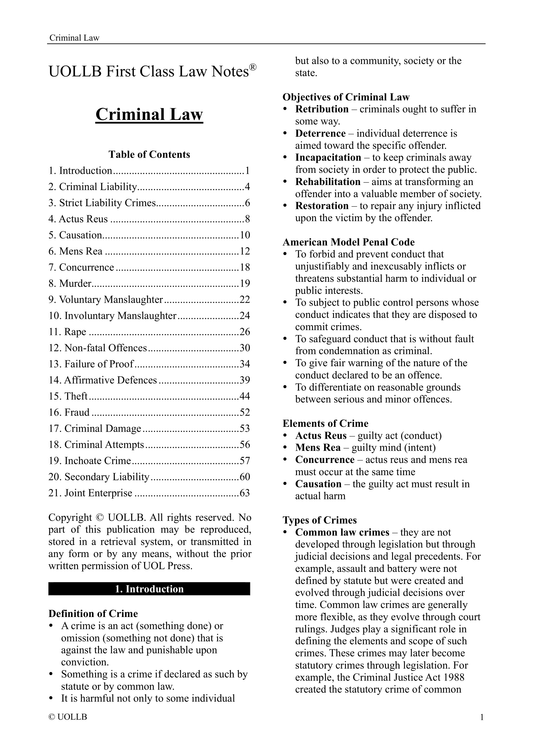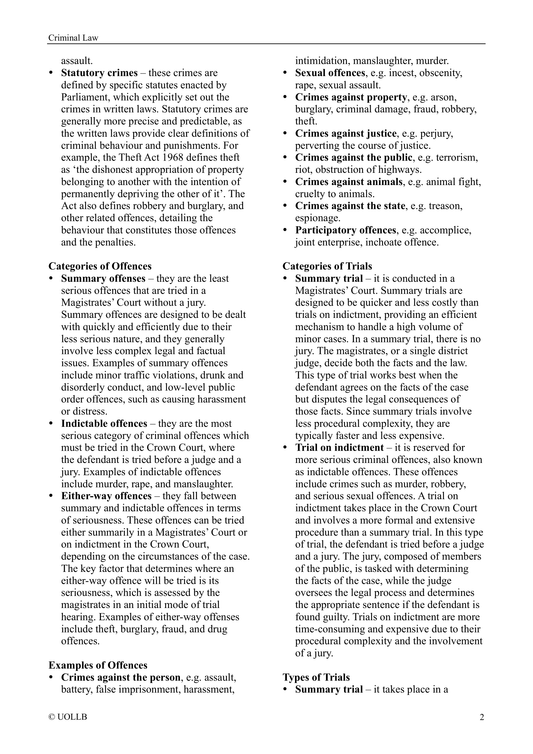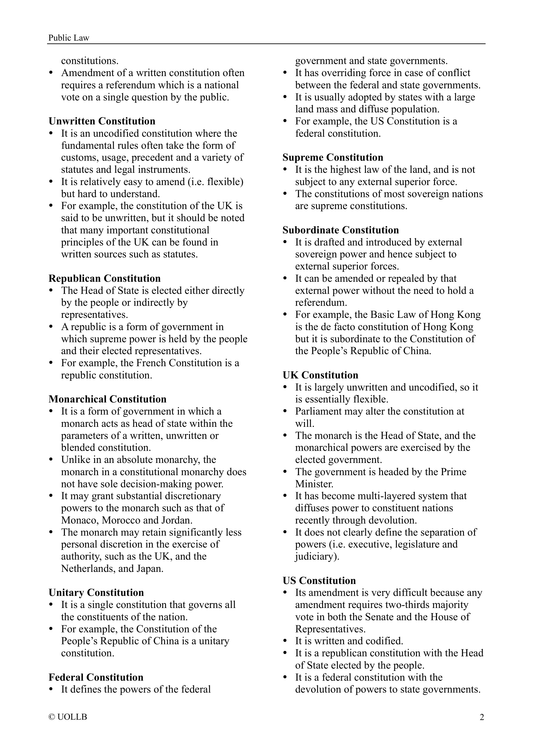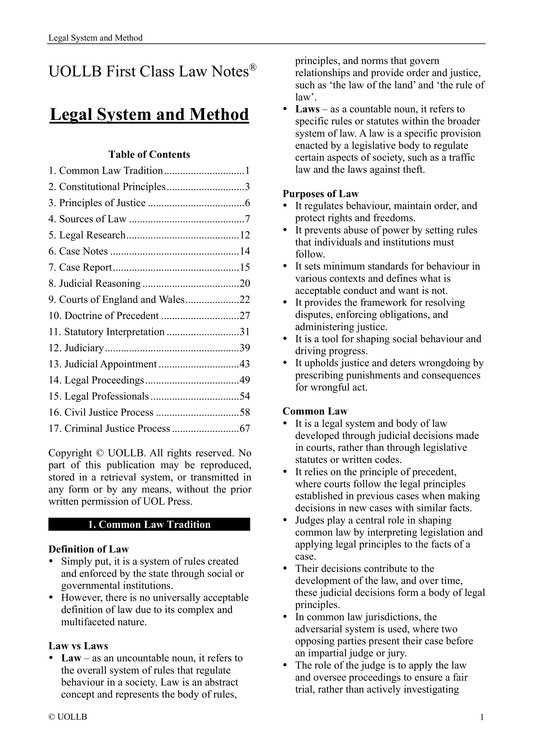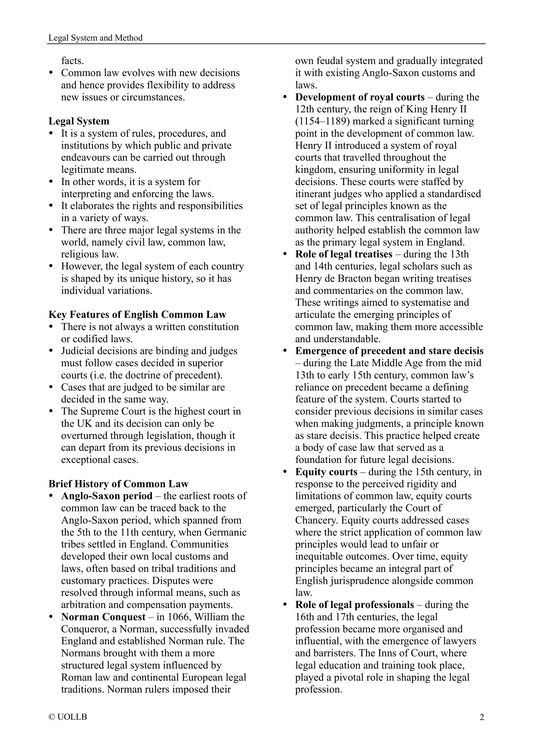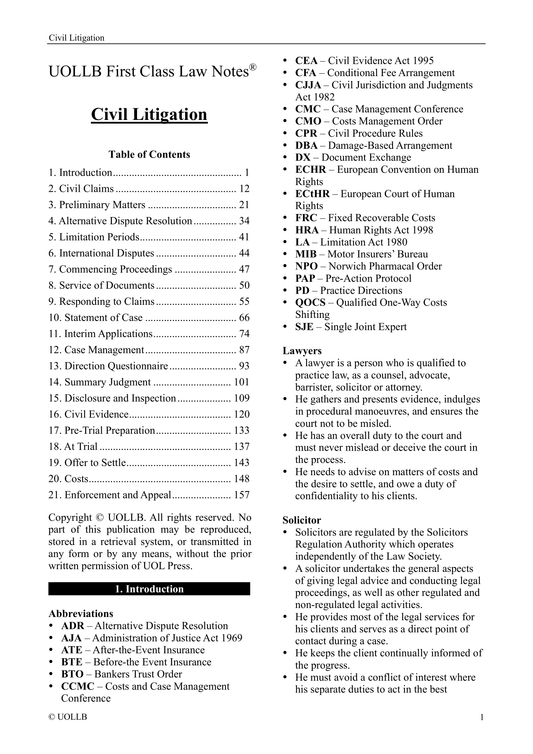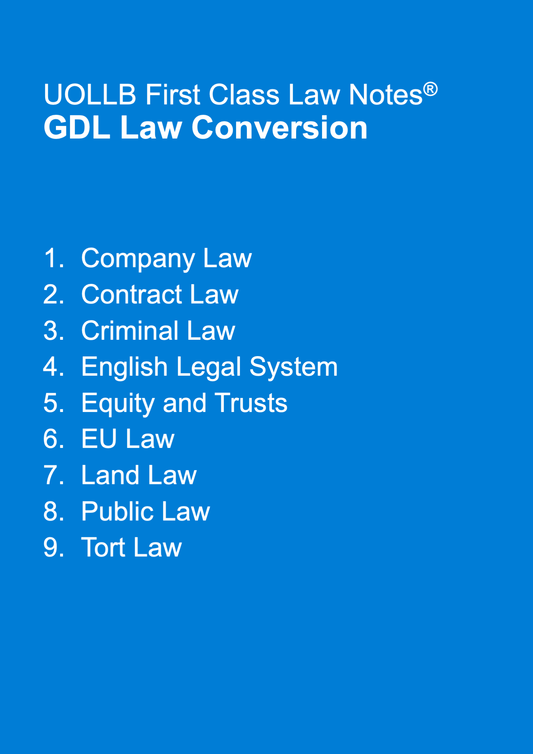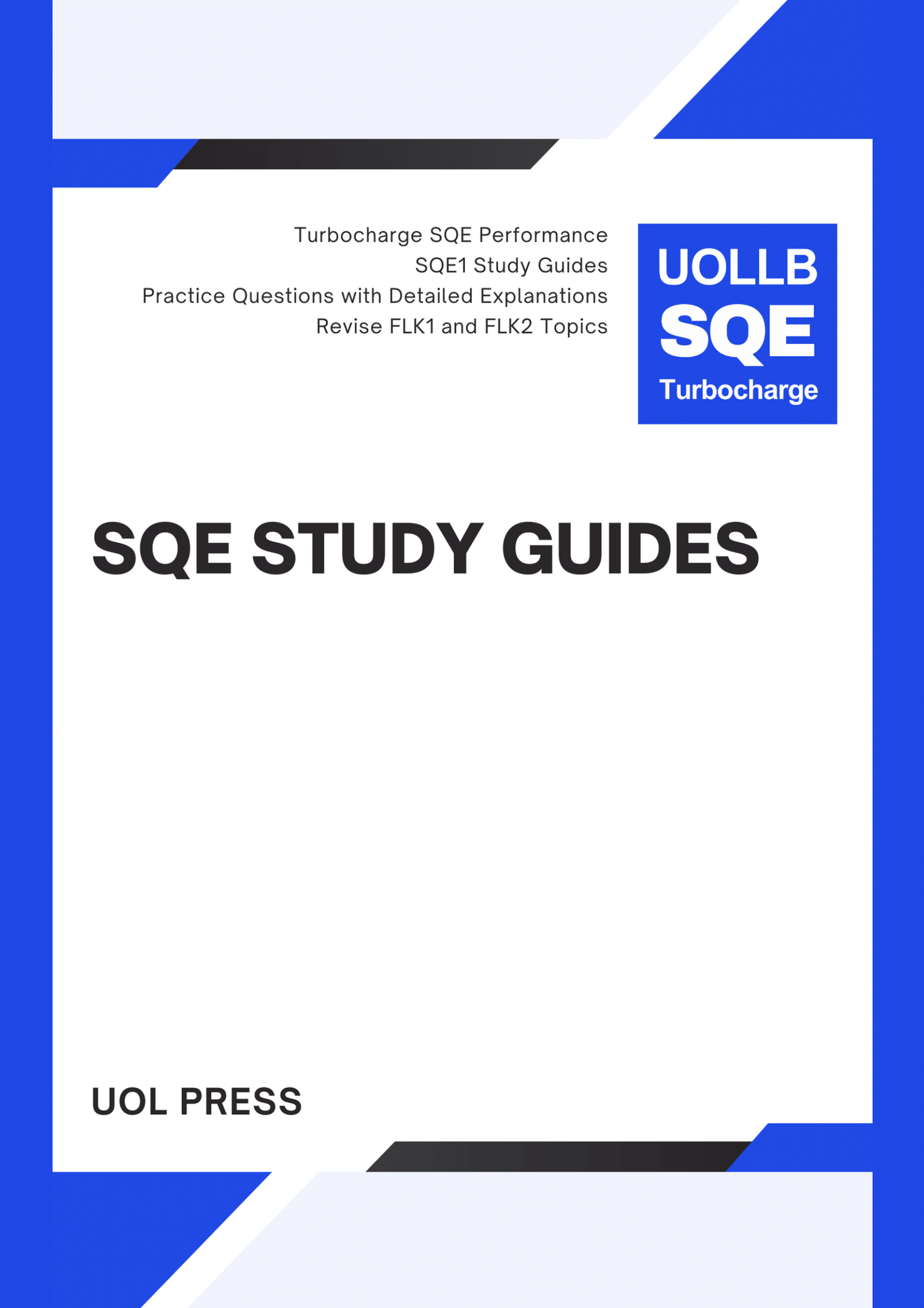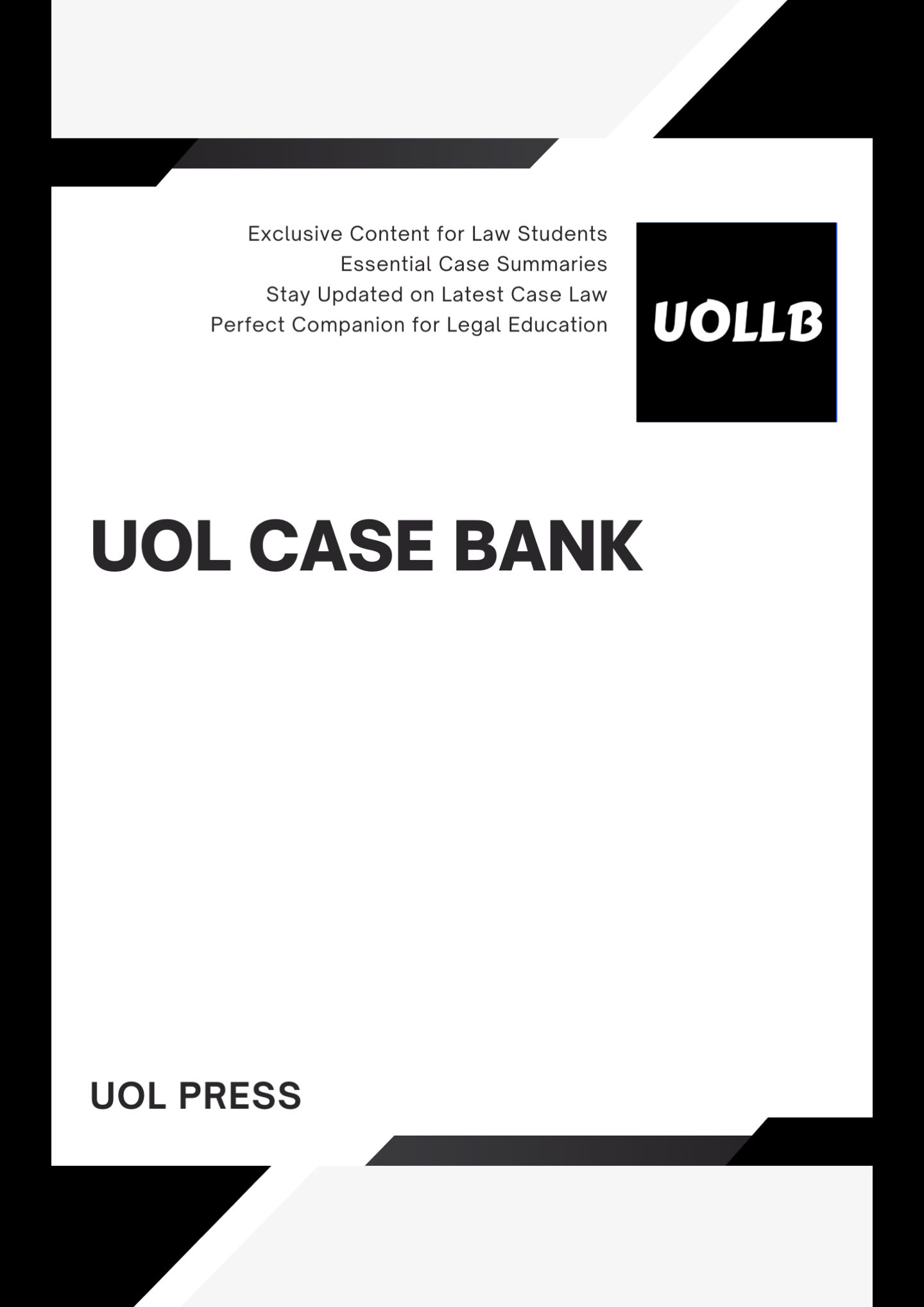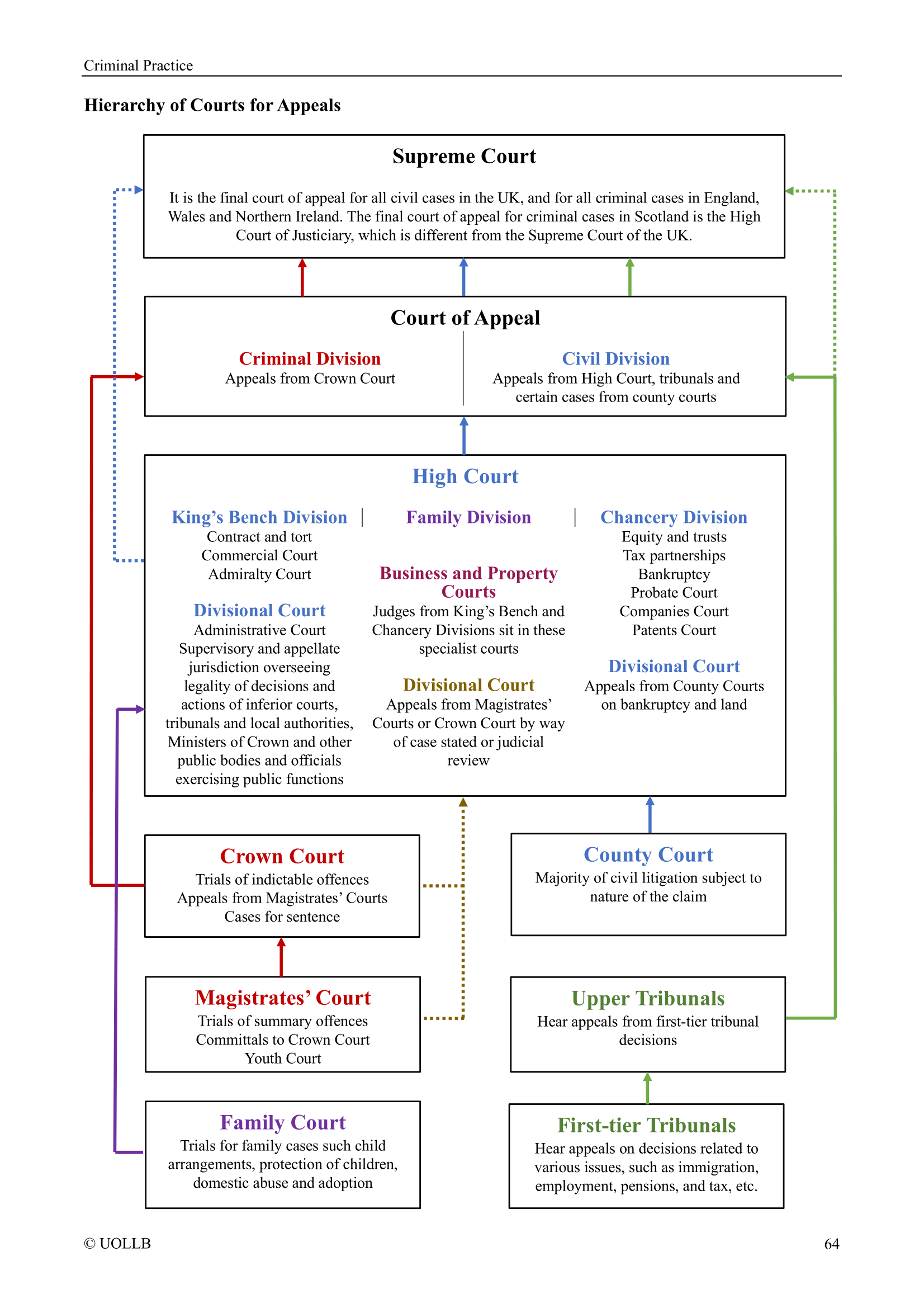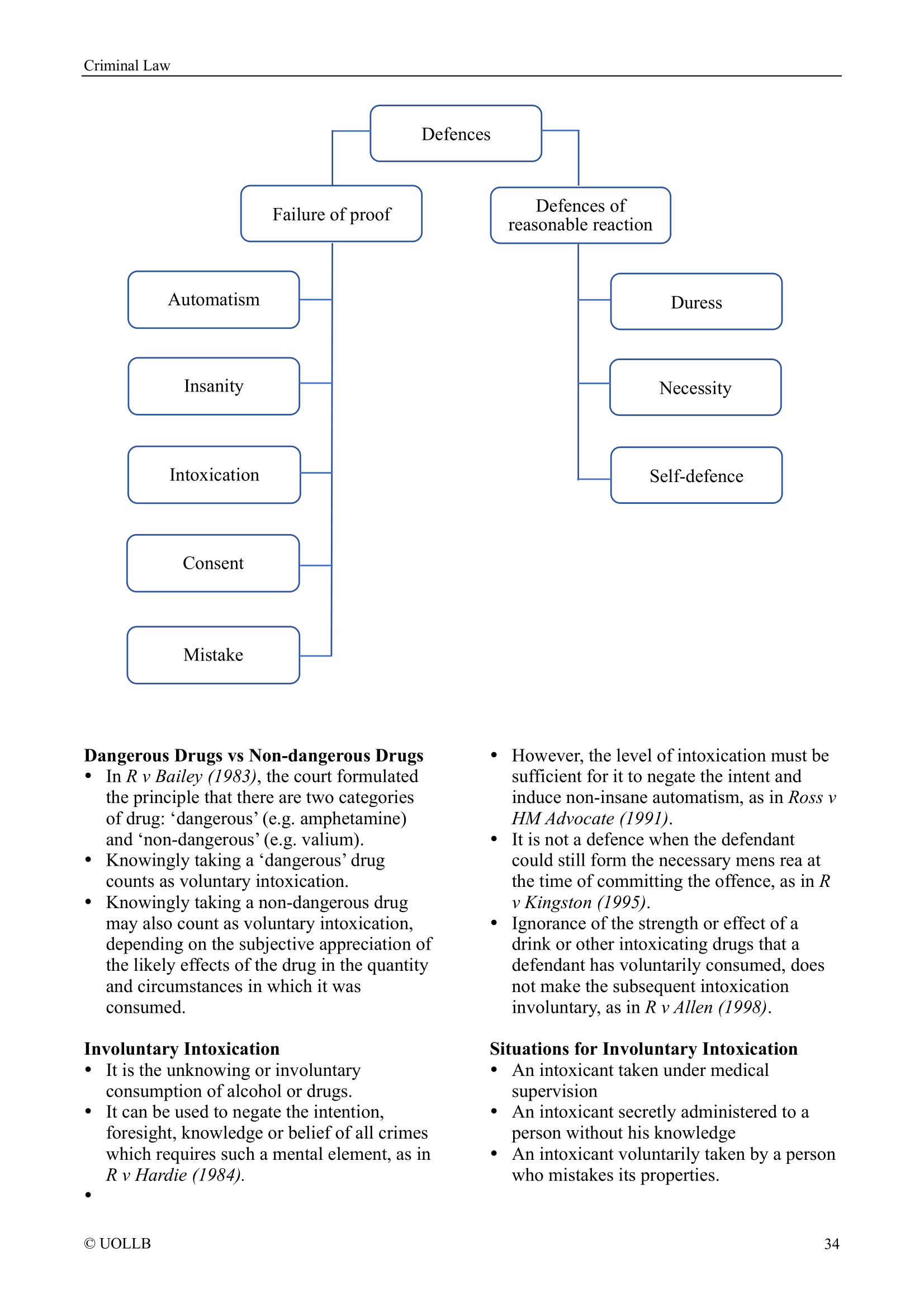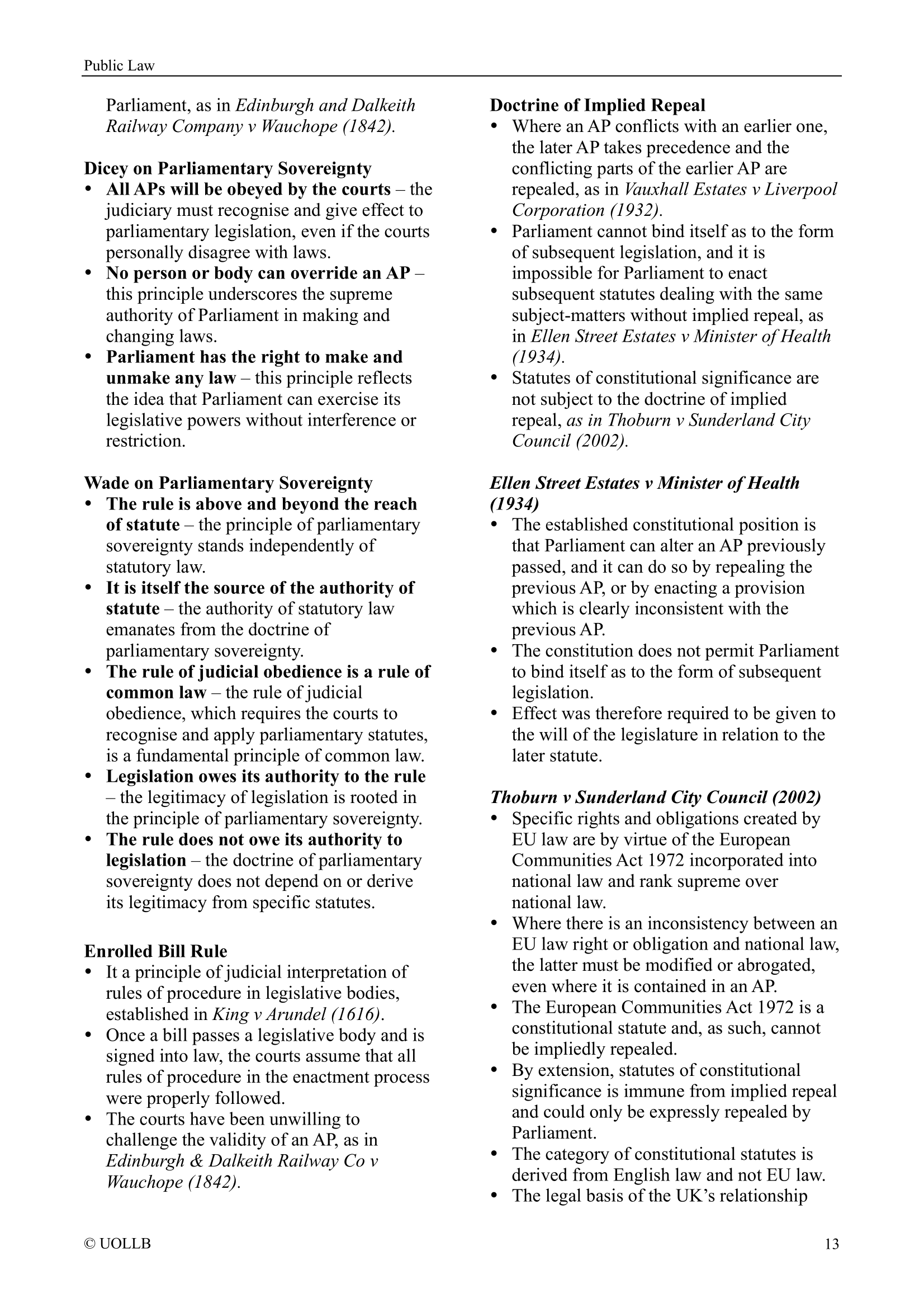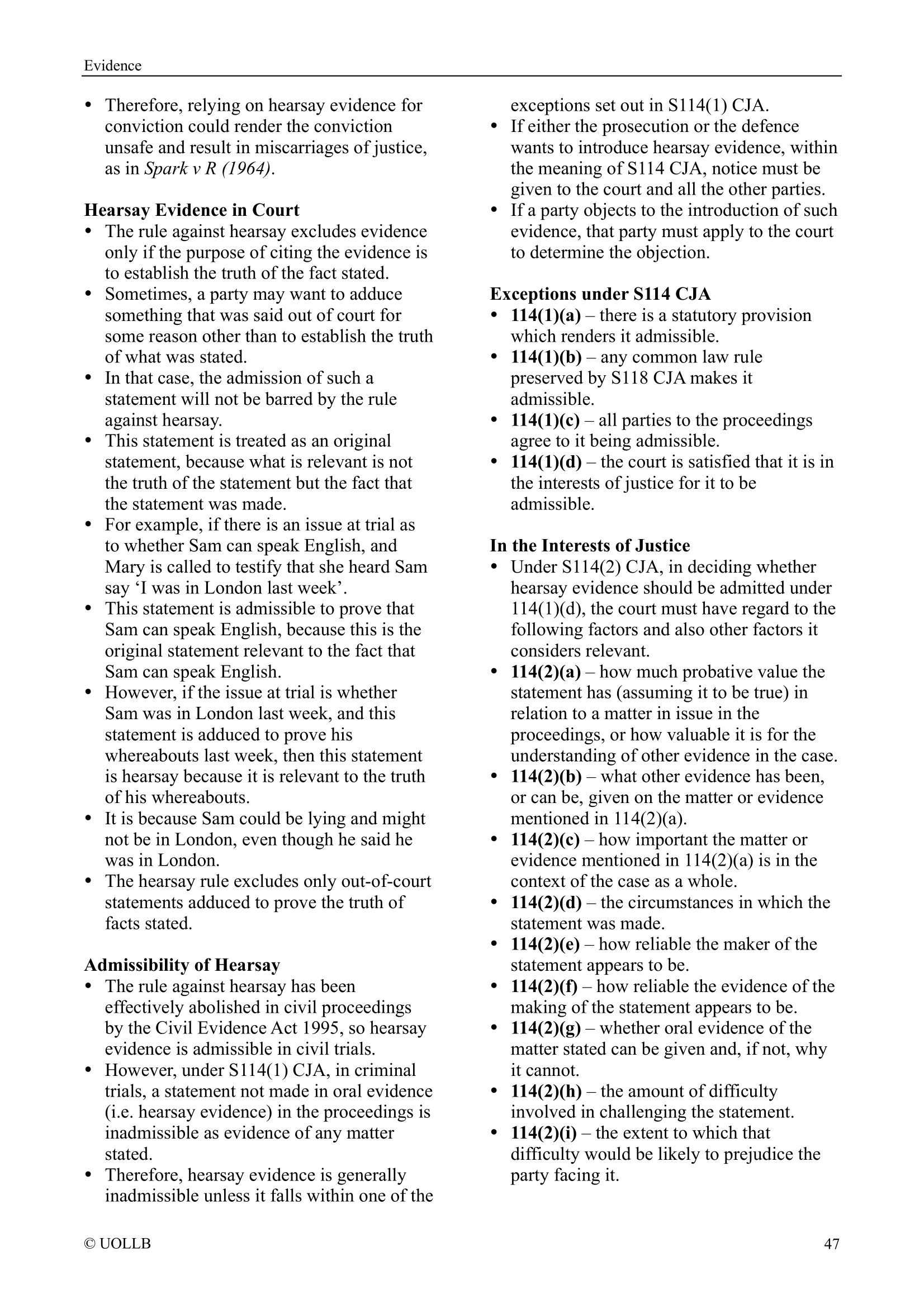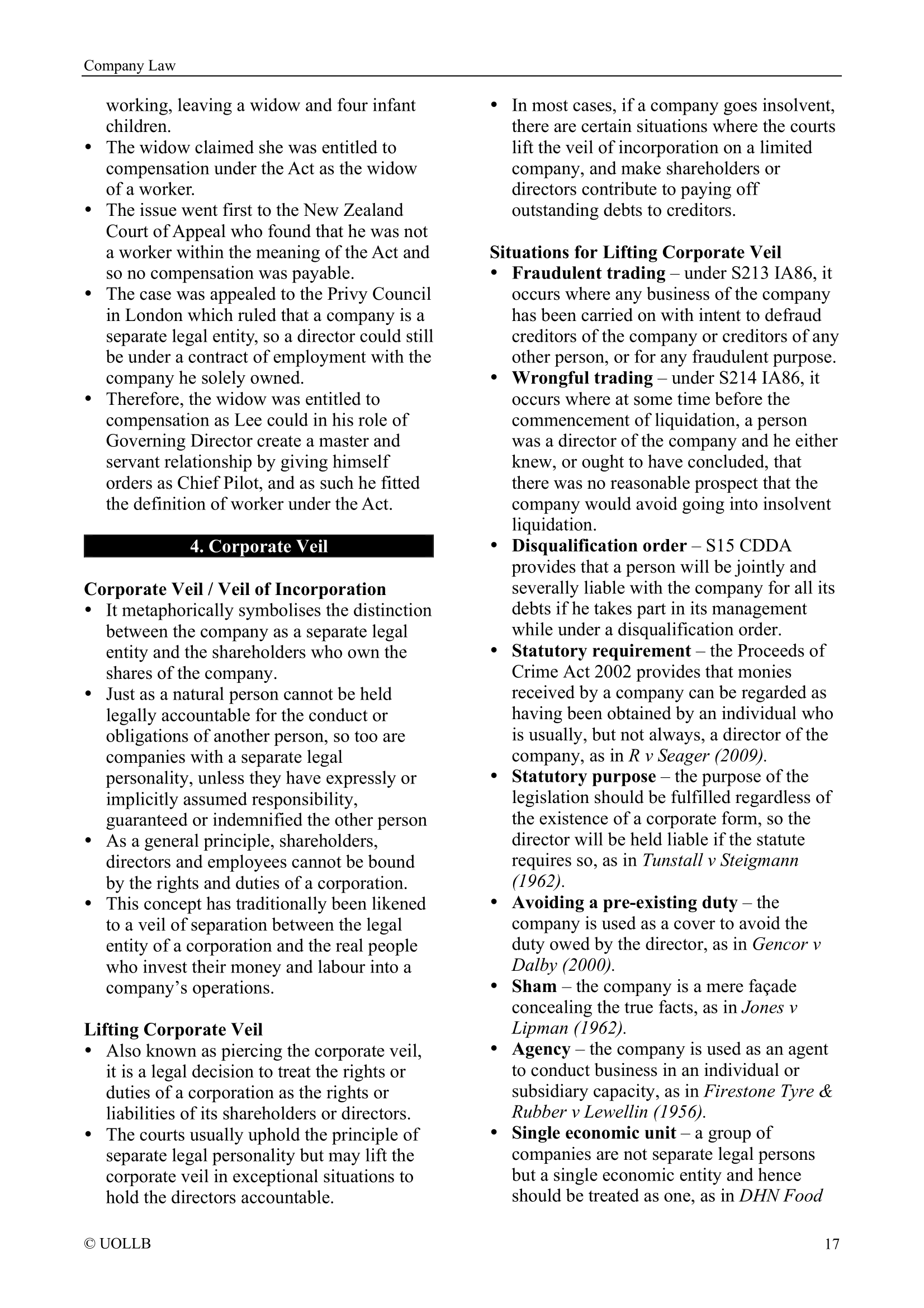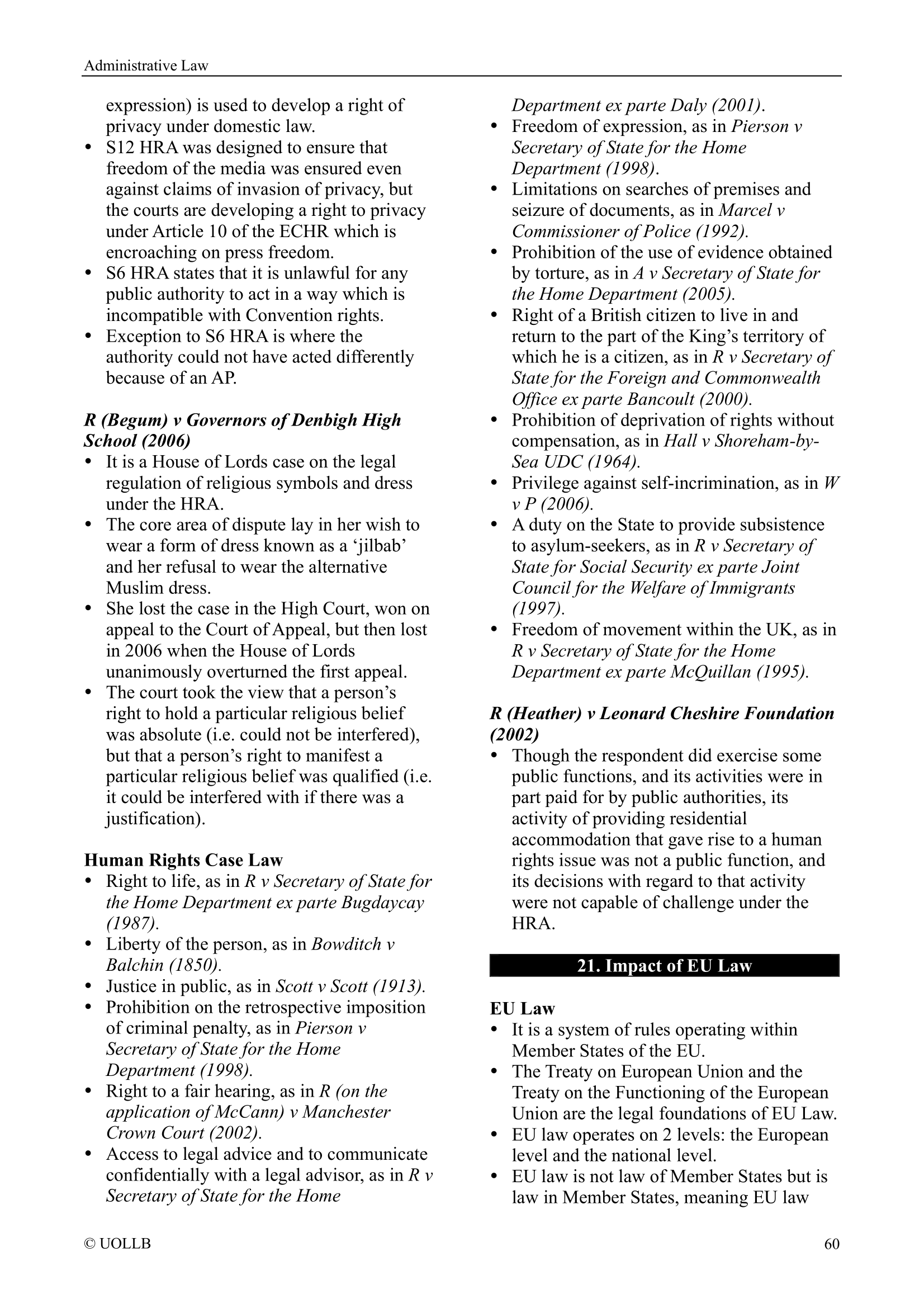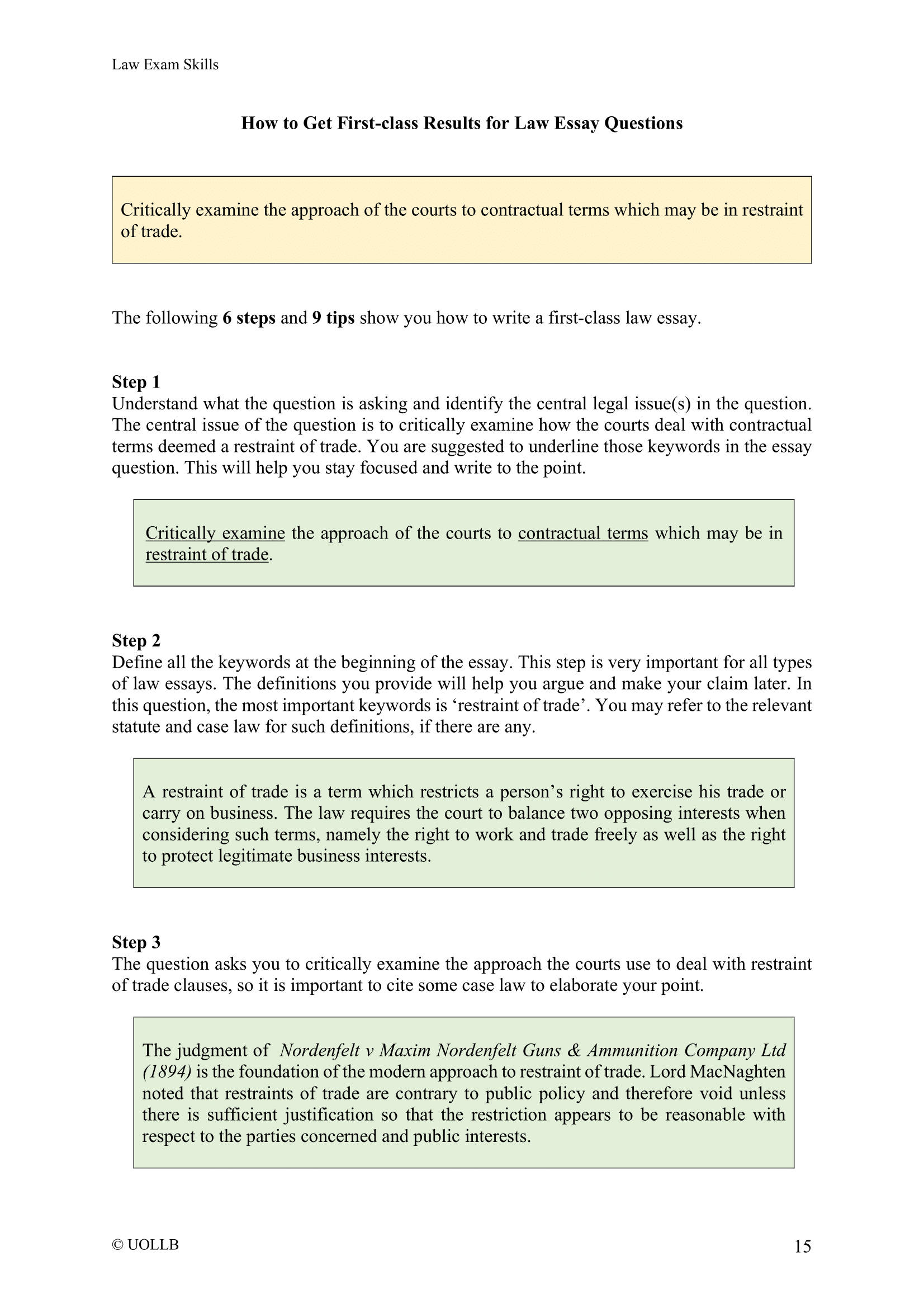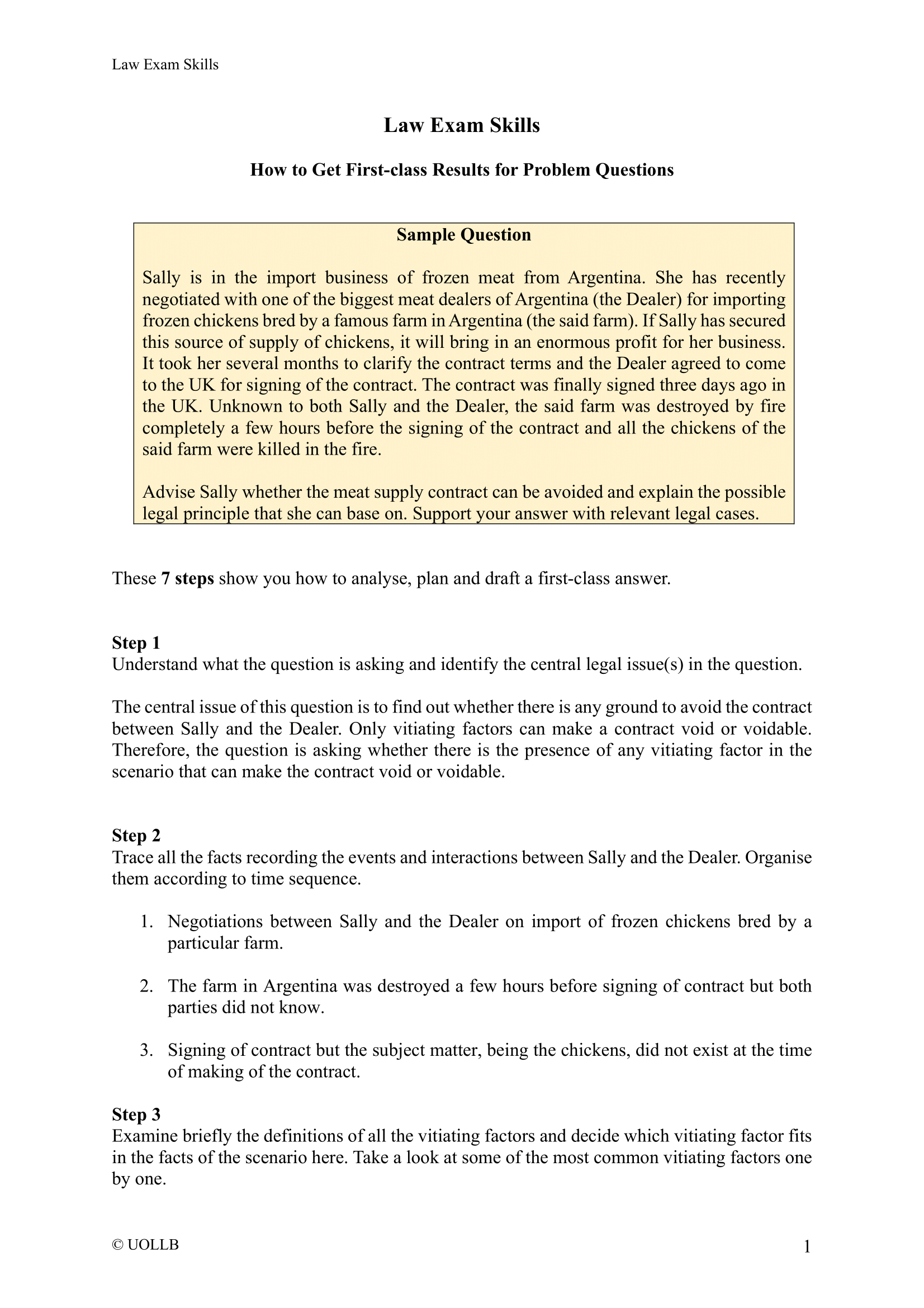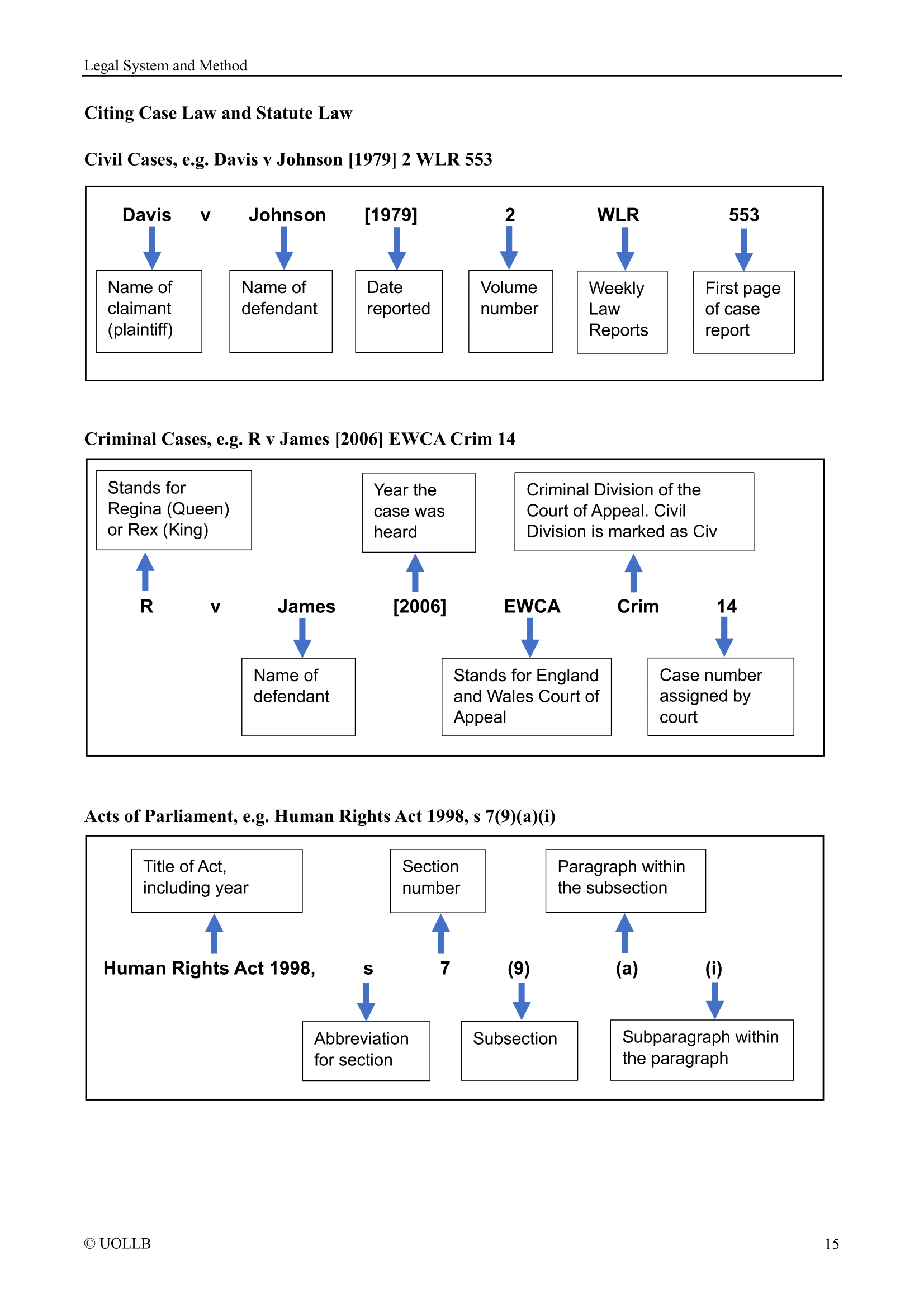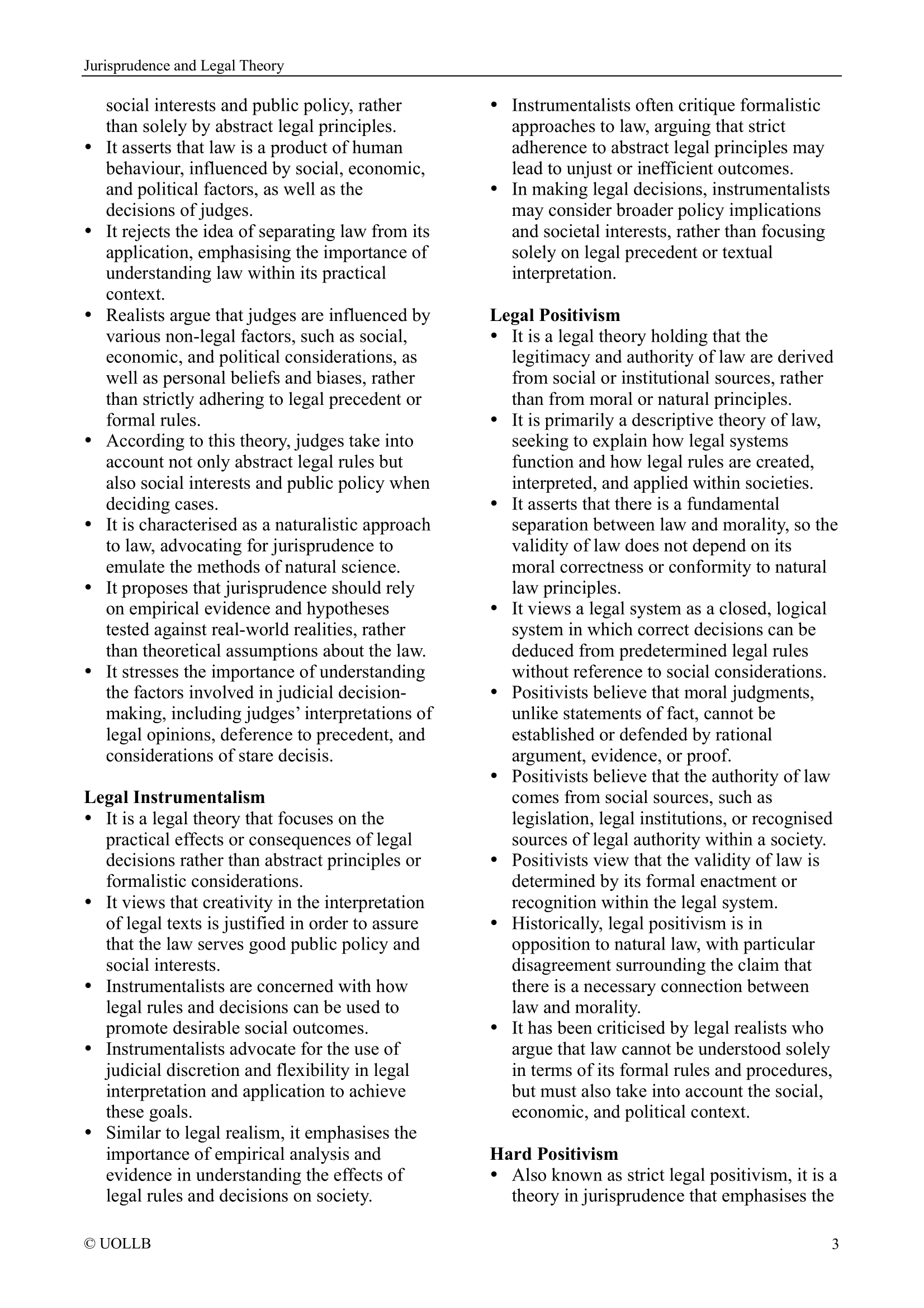UOLLB Journal Rating Scale
Share
At UOLLB, we believe that clarity and transparency in research evaluation are essential for advancing scholarship across disciplines. To support authors, researchers, and institutions in navigating the complex world of publishing, we have established the UOLLB Journal Rating Scale as follows:
Pre-eminent
A+
Top of the field; world-leading influence with exceptionally high impact and visibility; applies the most rigorous and transparent peer-review processes; attracts landmark research that shapes the direction of entire disciplines; widely recognised by global experts as a benchmark of excellence.
A
Highly respected internationally; consistently publishes groundbreaking and agenda-setting research; maintains very high editorial and ethical standards; often cited in policy, industry, and academia; work published here significantly advances theory and practice within its field.
A–
Recognised in its field for exceptional quality and impact; adheres to rigorous peer-review standards; while slightly less selective than the absolute top tier, it still attracts widely cited and influential research that is valued globally.
Leading
B+
Strong reputation within its discipline; publishes influential, methodologically sound research; demonstrates consistent editorial integrity; attracts authors from reputable institutions and is often cited in key academic discussions within the field.
B
Well-regarded and credible within the field; produces solid, peer-reviewed research that adds value to the discipline; occasionally publishes notable works, though its scope and influence may be more specialised or regionally concentrated.
B–
Maintains peer review and acceptable scholarly practices; produces reliable research but with more modest reach, lower citation rates, or narrower thematic focus; valued within specific subfields rather than across disciplines.
Reputable
C+
PhD-level work of distinction; contributes meaningfully to niche academic conversations; demonstrates originality, depth, and strong methodology; suitable for building a doctoral researcher’s academic profile.
C
Average doctoral level; meets established scholarly and methodological standards; offers useful but not necessarily groundbreaking contributions; demonstrates competence in academic writing and research design.
C–
Of doctoral standard but below average; research is peer-reviewed and credible but may be exploratory, regionally focused, or less methodologically robust; suitable for early-stage doctoral work or pilot studies.
Emerging
D+
High-quality master’s-level research; demonstrates strong critical analysis, applied knowledge, and methodological competence; comparable to a 70+ (A range) postgraduate standard; may be publishable in specialised or applied journals.
D
Average master’s-level work; meets fundamental scholarly requirements but lacks originality, scope, or broader impact; comparable to a 60–69 (B range) postgraduate standard.
D–
Of master’s standard but below average; acceptable for small-scale or instructional projects; shows some methodological weaknesses or limited theoretical engagement; comparable to a 50–59 (C range) postgraduate standard.
Developing
E+
Strong undergraduate-level research; demonstrates solid understanding of academic methods, critical engagement with literature, and coherent argumentation; comparable to a 70+ (A range) undergraduate standard.
E
Average undergraduate level; meets basic academic expectations with some analytical depth; work is generally sound but limited in originality and sophistication; comparable to a 60–69 (B range) undergraduate standard.
E–
Below average undergraduate level; demonstrates basic competency in research and writing but minimal scholarly contribution or novelty; comparable to a 50–59 (C range) undergraduate standard.
Fail
F
Non-publishable; fails to meet scholarly standards; may contain unreliable or unverified information; lacks methodological soundness or ethical integrity; may involve predatory publishing practices; not recommended for academic dissemination; comparable to below 50 (D or fail range) undergraduate standard.
The above rating scale is designed to provide a clear framework for understanding the quality, influence, and academic standing of journals worldwide. It recognises excellence at the very highest levels of publishing while also valuing emerging and developing contributions that play a vital role in academic growth and professional practice. By distinguishing between different tiers of rigour, reach, and impact, the scale helps authors make informed decisions about where to publish, assists readers in assessing the credibility of research, and encourages journals to maintain and improve scholarly standards.
Our approach is inclusive, recognising that valuable scholarship exists across a spectrum, from world-leading publications that shape entire disciplines to doctoral and undergraduate-level work that nurtures the next generation of researchers. In doing so, the UOLLB Journal Rating Scale serves not as a gatekeeping tool but as a guide for quality, integrity, and responsible academic publishing. For more detailed descriptions, please refer to the UOLLB Journal Rating Descriptors.
